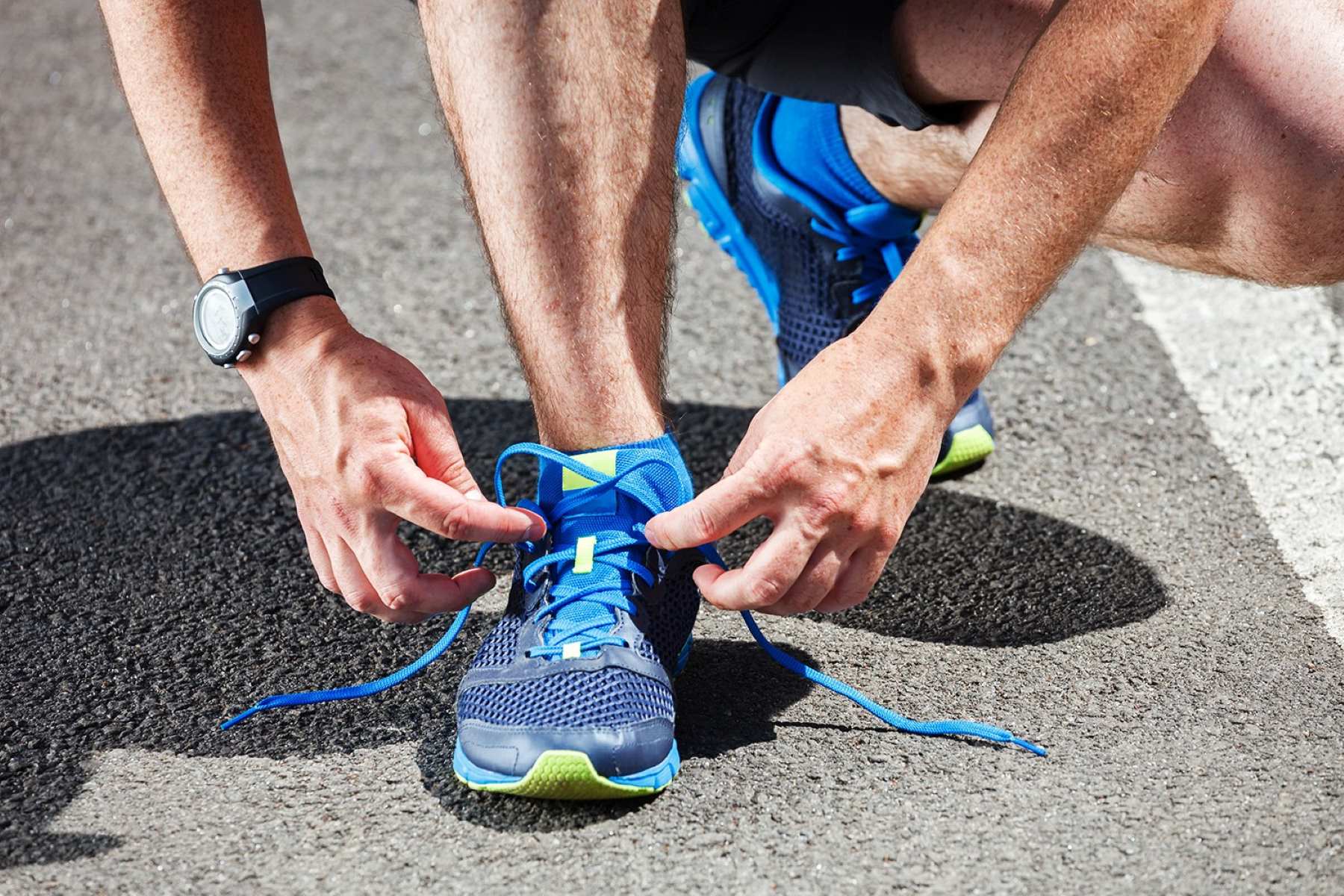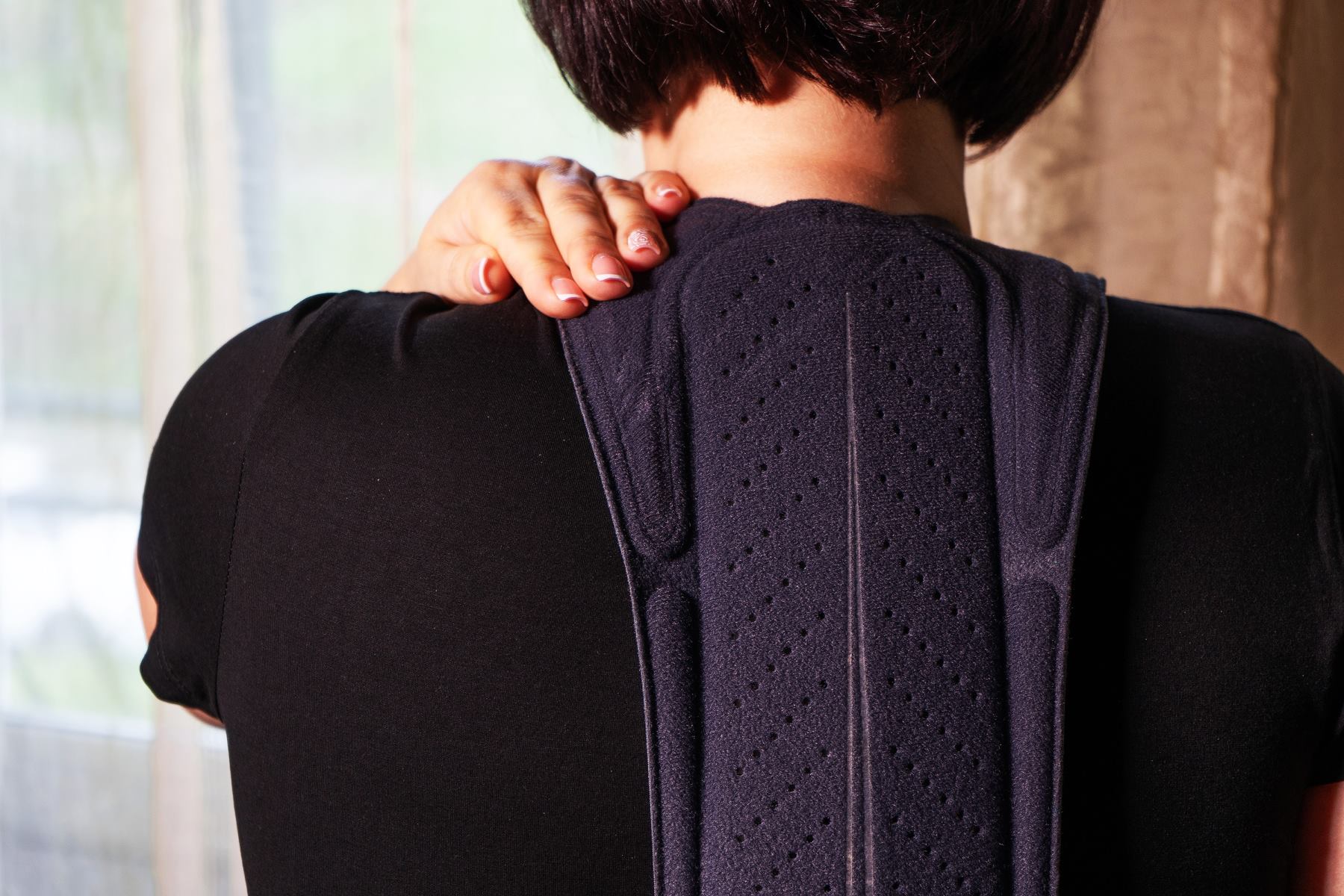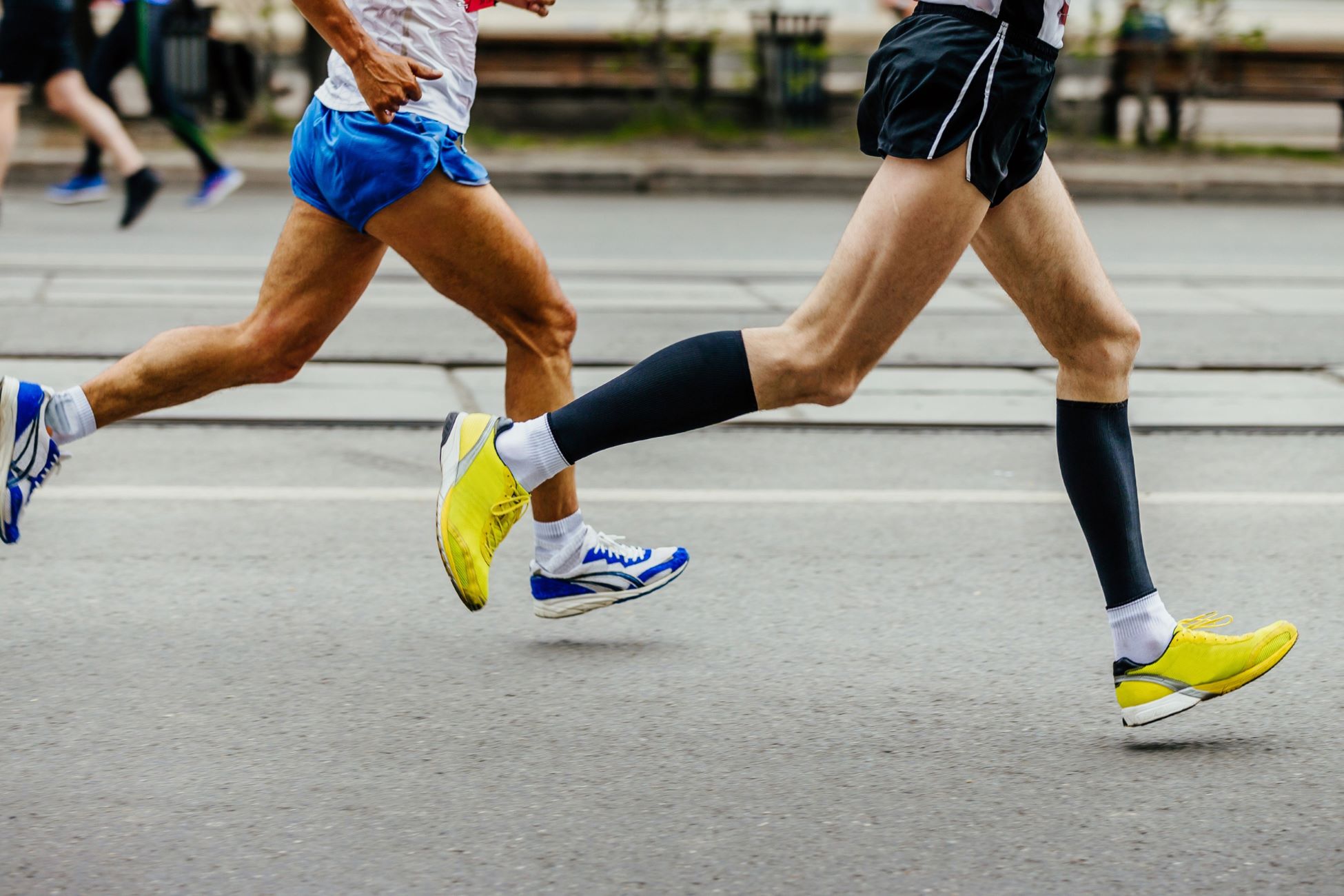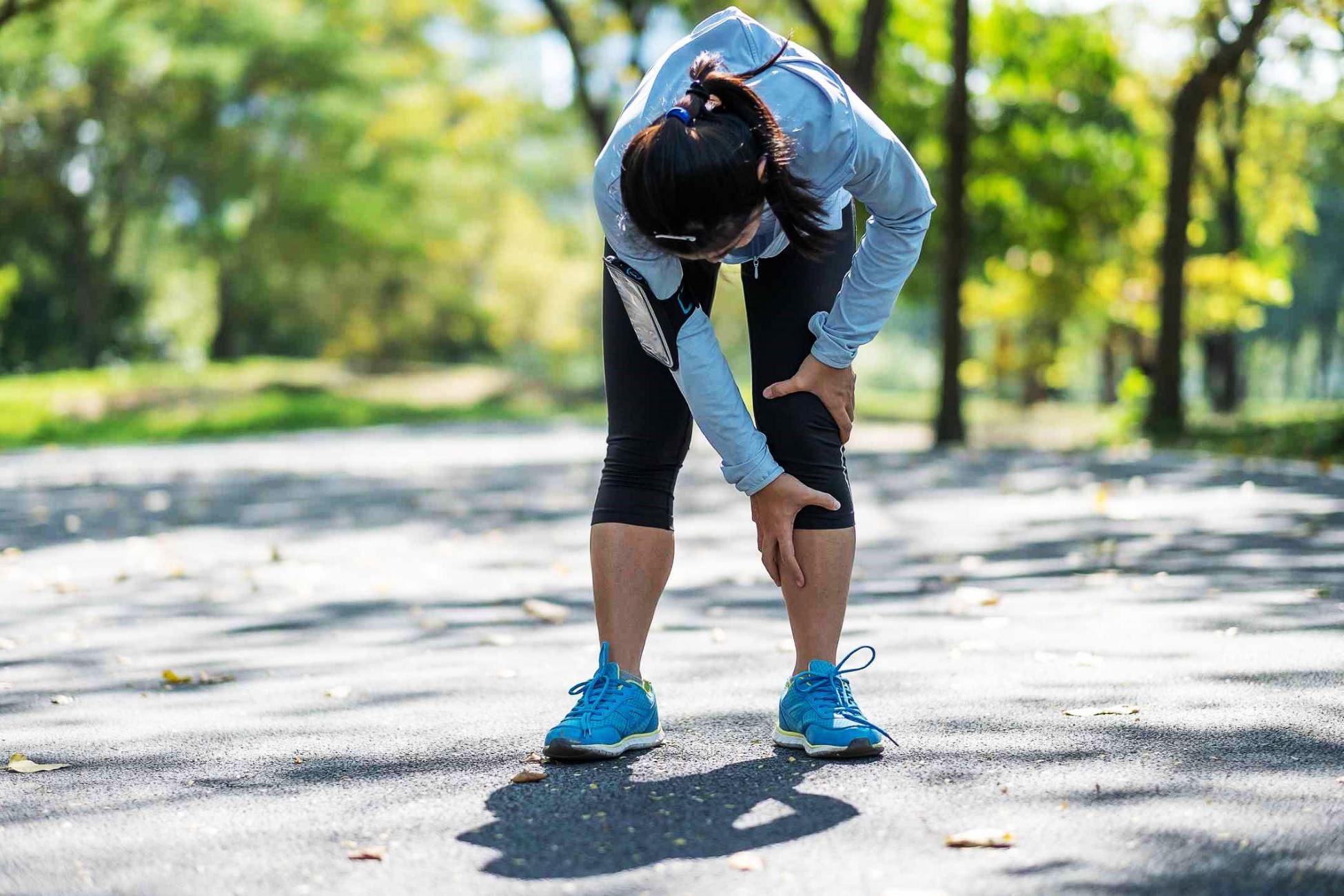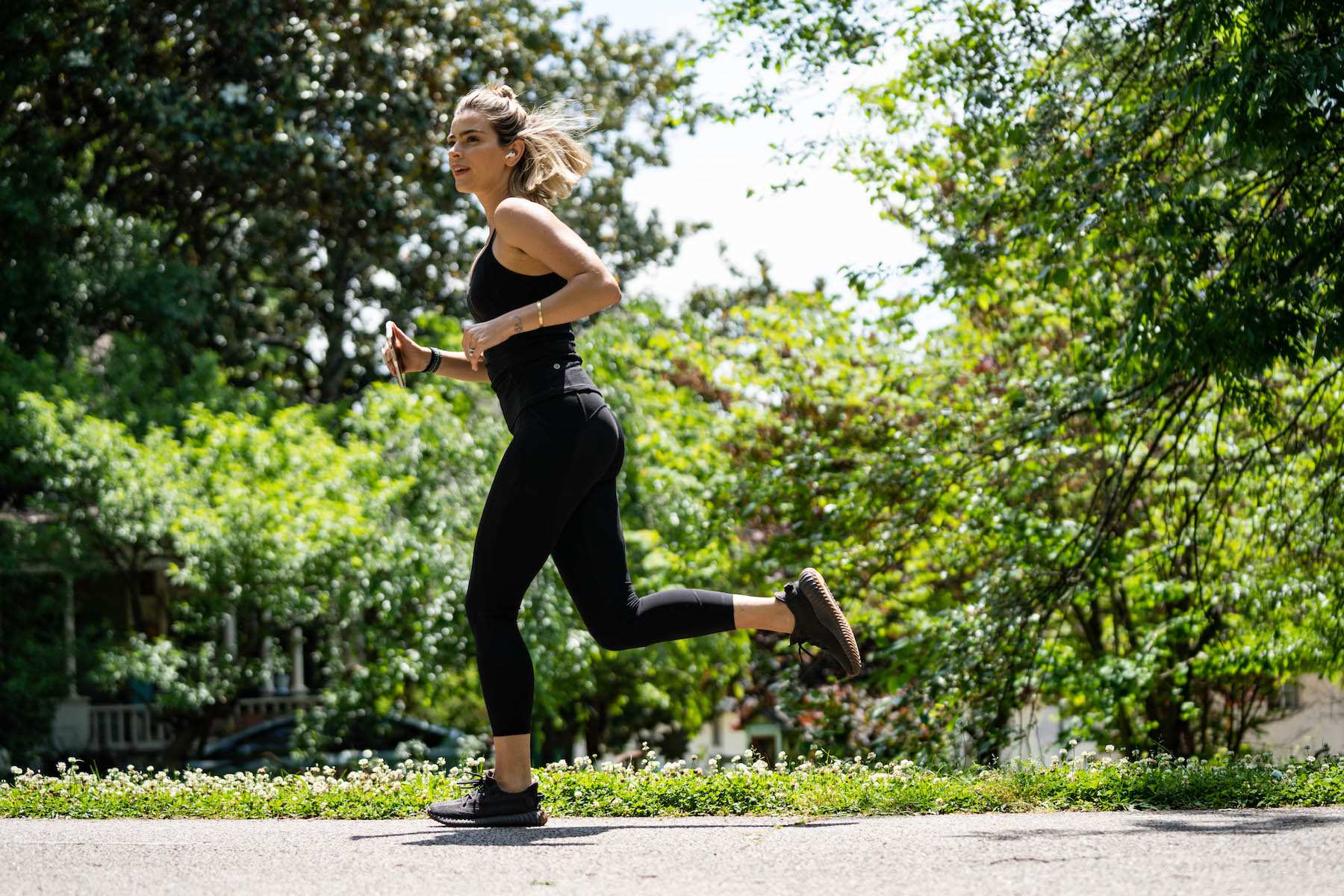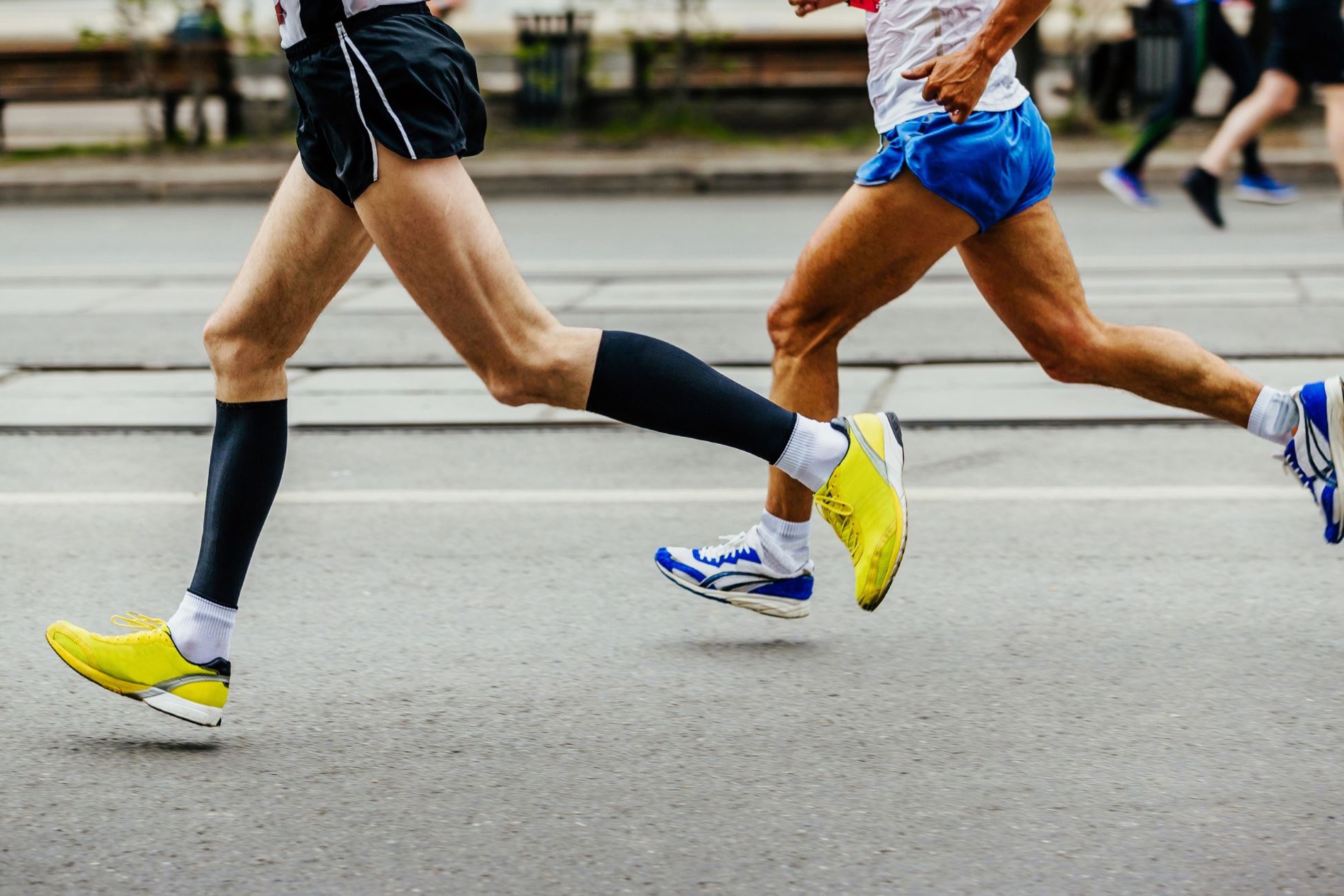Home>Health & Nutrition>Can I Engage In Long Runs While On My Period?


Health & Nutrition
Can I Engage In Long Runs While On My Period?
Published: February 27, 2024
Discover how to manage long runs during your period with our expert tips on health and nutrition. Stay active and comfortable with our helpful advice.
(Many of the links in this article redirect to a specific reviewed product. Your purchase of these products through affiliate links helps to generate commission for Therunningadvisor.com, at no extra cost. Learn more)
Table of Contents
Understanding the Effects of Running on Your Period
Engaging in physical activities, such as running, can have varying effects on individuals during their menstrual cycle. For some, the surge of endorphins from running can alleviate menstrual discomfort and boost mood. However, others may experience increased fatigue and discomfort due to hormonal fluctuations. Understanding how running impacts your period is crucial for tailoring your fitness routine to your body's needs.
During menstruation, the body undergoes hormonal shifts that can affect energy levels, endurance, and overall performance during physical activities. Estrogen and progesterone levels fluctuate, potentially impacting muscle function, hydration levels, and body temperature regulation. These hormonal changes may influence your running experience, leading to fluctuations in stamina, muscle recovery, and pain tolerance.
It's essential to listen to your body and recognize that your menstrual cycle can affect your running performance. Some individuals may find that they have increased stamina and improved performance during certain phases of their cycle, while others may experience decreased energy levels and heightened sensitivity to pain. Understanding these variations can empower you to adapt your running routine to better align with your body's needs throughout the menstrual cycle.
Moreover, the menstrual cycle can also impact injury risk and recovery. Hormonal fluctuations may affect ligament laxity and joint stability, potentially increasing the risk of injury during running. Additionally, muscle recovery and repair processes can be influenced by hormonal changes, potentially impacting post-run recovery and muscle soreness.
By understanding the effects of running on your period, you can make informed decisions about your training routine, optimize your performance, and prioritize self-care during menstruation. Acknowledging the impact of hormonal fluctuations on your running experience allows you to approach your fitness journey with greater awareness and adaptability, ultimately supporting your overall well-being.
Tips for Managing Period Symptoms During Long Runs
Managing period symptoms during long runs requires a thoughtful approach to ensure comfort, performance, and overall well-being. Here are some valuable tips to navigate this challenge effectively:
-
Stay Hydrated: Proper hydration is crucial for managing period symptoms during long runs. Menstruation can lead to increased fluid loss, so it's essential to maintain adequate hydration levels. Consider carrying a water bottle or utilizing hydration packs to ensure consistent fluid intake throughout your run.
-
Nutrition and Fueling: Pay attention to your nutritional needs before and during long runs while on your period. Consuming iron-rich foods and incorporating healthy sources of carbohydrates and proteins can support energy levels and aid in managing menstrual fatigue. Additionally, carrying energy gels or snacks can provide a quick energy boost during extended runs.
-
Comfortable Gear and Attire: Wearing comfortable and moisture-wicking clothing can help minimize discomfort and chafing during long runs while menstruating. Opt for breathable, moisture-absorbing fabrics to enhance comfort and reduce the risk of skin irritation.
-
Pain Management: If you experience menstrual cramps or discomfort during long runs, consider using over-the-counter pain relief medication as recommended by your healthcare provider. Additionally, utilizing heat patches or applying gentle heat to the lower abdomen before your run may help alleviate menstrual cramps and promote comfort.
-
Menstrual Products: Choose menstrual products that provide reliable protection and comfort during physical activities. Whether you prefer tampons, menstrual cups, or period-proof underwear, selecting the right menstrual product for your needs can enhance your confidence and comfort during long runs.
-
Mindful Pacing and Listening to Your Body: Pay attention to your body's signals and adjust your running pace as needed. Menstruation can impact energy levels and endurance, so it's important to practice mindful pacing and avoid pushing yourself beyond your comfort zone during long runs.
-
Post-Run Recovery: After completing a long run while on your period, prioritize post-run recovery strategies. Stretching, hydrating, and refueling with nourishing foods can support muscle recovery and overall well-being. Additionally, incorporating gentle yoga or relaxation techniques can help alleviate tension and promote relaxation.
By implementing these tips, individuals can effectively manage period symptoms during long runs, empowering them to maintain their running routine while prioritizing their physical and emotional well-being. Understanding and addressing the unique challenges posed by menstruation during physical activities can contribute to a more comfortable and fulfilling running experience.
Adjusting Your Training Schedule to Accommodate Your Menstrual Cycle
Adapting your training schedule to align with your menstrual cycle can optimize your running performance and enhance your overall well-being. The menstrual cycle consists of distinct phases, each characterized by unique hormonal fluctuations and physiological changes. By understanding these variations, you can tailor your training routine to leverage the strengths of each phase and mitigate potential challenges.
Menstrual Phase
During the menstrual phase, which marks the beginning of the menstrual cycle, estrogen and progesterone levels are at their lowest. Many individuals experience menstrual discomfort and fatigue during this phase. Adjusting your training schedule during this time may involve incorporating lighter activities, such as gentle yoga, walking, or low-impact exercises, to support your body's need for rest and recovery.
Follicular Phase
As the menstrual phase concludes, the body enters the follicular phase, characterized by a gradual rise in estrogen levels. This phase is associated with increased energy, stamina, and resilience. Engaging in moderate to high-intensity runs and strength training during this phase can capitalize on the body's enhanced endurance and recovery capacity.
Ovulatory Phase
The ovulatory phase, marked by the release of the egg from the ovary, represents a peak in estrogen levels. This phase often coincides with heightened energy levels and improved performance. Incorporating challenging workouts, speed training, and interval runs during this phase can harness the body's peak physical capabilities, allowing for more intense and dynamic training sessions.
Luteal Phase
During the luteal phase, estrogen and progesterone levels fluctuate, potentially leading to increased fatigue, bloating, and mood changes. Adapting your training schedule during this phase may involve prioritizing recovery-focused activities, such as gentle runs, cross-training, and flexibility exercises. Embracing a more nurturing approach to training can support your body's need for self-care and promote overall well-being.
By aligning your training schedule with the distinct phases of your menstrual cycle, you can optimize your running performance, minimize the impact of menstrual symptoms, and cultivate a more harmonious relationship with your body. This tailored approach acknowledges the dynamic interplay between hormonal fluctuations and physical capabilities, empowering you to embrace a training routine that honors your body's natural rhythms and fosters sustainable progress in your running journey.
Hygiene and Comfort Considerations for Running While on Your Period
Maintaining proper hygiene and prioritizing comfort are essential aspects of running while on your period. By addressing these considerations, individuals can navigate their runs with confidence and minimize potential discomfort associated with menstruation.
Menstrual Product Selection
Choosing the right menstrual products is crucial for ensuring comfort and protection during runs. Consider opting for high-quality tampons, menstrual cups, or period-proof underwear designed to provide reliable protection and minimize movement-related discomfort. Selecting products with superior absorbency and leak-resistant features can instill a sense of security, allowing you to focus on your run without undue concern.
Moisture-Wicking Apparel
Wearing moisture-wicking and breathable running attire can significantly enhance comfort during menstruation. These specialized fabrics help manage moisture and reduce the likelihood of chafing, promoting a more comfortable running experience. Additionally, selecting seamless and tag-free clothing can minimize potential irritation, contributing to a smoother and more enjoyable run.
Personal Hygiene Practices
Prior to embarking on a run, practicing thorough personal hygiene can contribute to a more comfortable and hygienic experience. Ensuring proper intimate hygiene, such as gentle cleansing and the use of intimate wipes, can help individuals feel fresh and confident throughout their run. Additionally, carrying personal hygiene essentials, such as spare menstrual products and cleansing wipes, can offer reassurance and preparedness while on the go.
Hydration and Nutrition
Maintaining optimal hydration and balanced nutrition is essential for managing period-related symptoms during runs. Adequate hydration supports overall well-being and can help alleviate menstrual discomfort. Additionally, consuming nutrient-dense foods, such as fruits, vegetables, and whole grains, can contribute to sustained energy levels and support overall performance during long runs.
Post-Run Care
After completing a run while on your period, prioritizing post-run care is vital for promoting comfort and recovery. Changing out of sweaty running attire promptly and attending to personal hygiene needs can help individuals feel refreshed and at ease. Engaging in gentle stretching and relaxation techniques can aid in alleviating muscle tension and promoting a sense of well-being following the run.
By integrating these hygiene and comfort considerations into their running routine, individuals can approach their runs with greater confidence and comfort, allowing them to fully embrace the physical and mental benefits of running while effectively managing their period.
Listening to Your Body and Making Adjustments as Needed
Listening to your body is a fundamental aspect of running while on your period. The ability to tune into your body's signals and make necessary adjustments is essential for optimizing your running experience and prioritizing your well-being. By cultivating a mindful and intuitive approach to running, individuals can effectively navigate the dynamic interplay between menstrual symptoms and physical exertion.
During menstruation, the body undergoes hormonal fluctuations that can impact energy levels, endurance, and overall comfort during physical activities. It's imperative to attune yourself to the subtle cues and feedback your body provides, allowing you to adapt your running routine in response to its unique needs. This may involve being mindful of changes in energy levels, muscle soreness, and overall physical resilience.
Making adjustments as needed entails embracing flexibility in your training approach. If you find that menstrual symptoms, such as fatigue or discomfort, are affecting your running performance, consider modifying the intensity or duration of your runs. This could involve opting for gentler, recovery-focused runs or incorporating cross-training activities that complement your body's needs during this phase of the menstrual cycle.
Furthermore, paying attention to your emotional well-being is equally important. Menstruation can impact mood and emotional resilience, influencing your overall mindset during runs. By acknowledging and honoring your emotional state, you can make adjustments to your running routine that support your mental and emotional well-being. This may involve integrating mindfulness practices, such as deep breathing or visualization techniques, to foster a positive and balanced mindset during runs.
Incorporating restorative practices, such as gentle yoga or meditation, can also provide valuable opportunities to connect with your body and address any discomfort or tension that may arise during menstruation. These practices not only promote physical relaxation but also nurture a deeper sense of self-awareness and compassion toward your body's needs.
Ultimately, listening to your body and making adjustments as needed empowers you to cultivate a harmonious and sustainable approach to running while on your period. By embracing adaptability, self-compassion, and mindfulness, individuals can honor their body's natural rhythms and navigate their running journey with grace and resilience. This mindful approach not only enhances the running experience during menstruation but also fosters a deeper connection with one's body and overall well-being.

